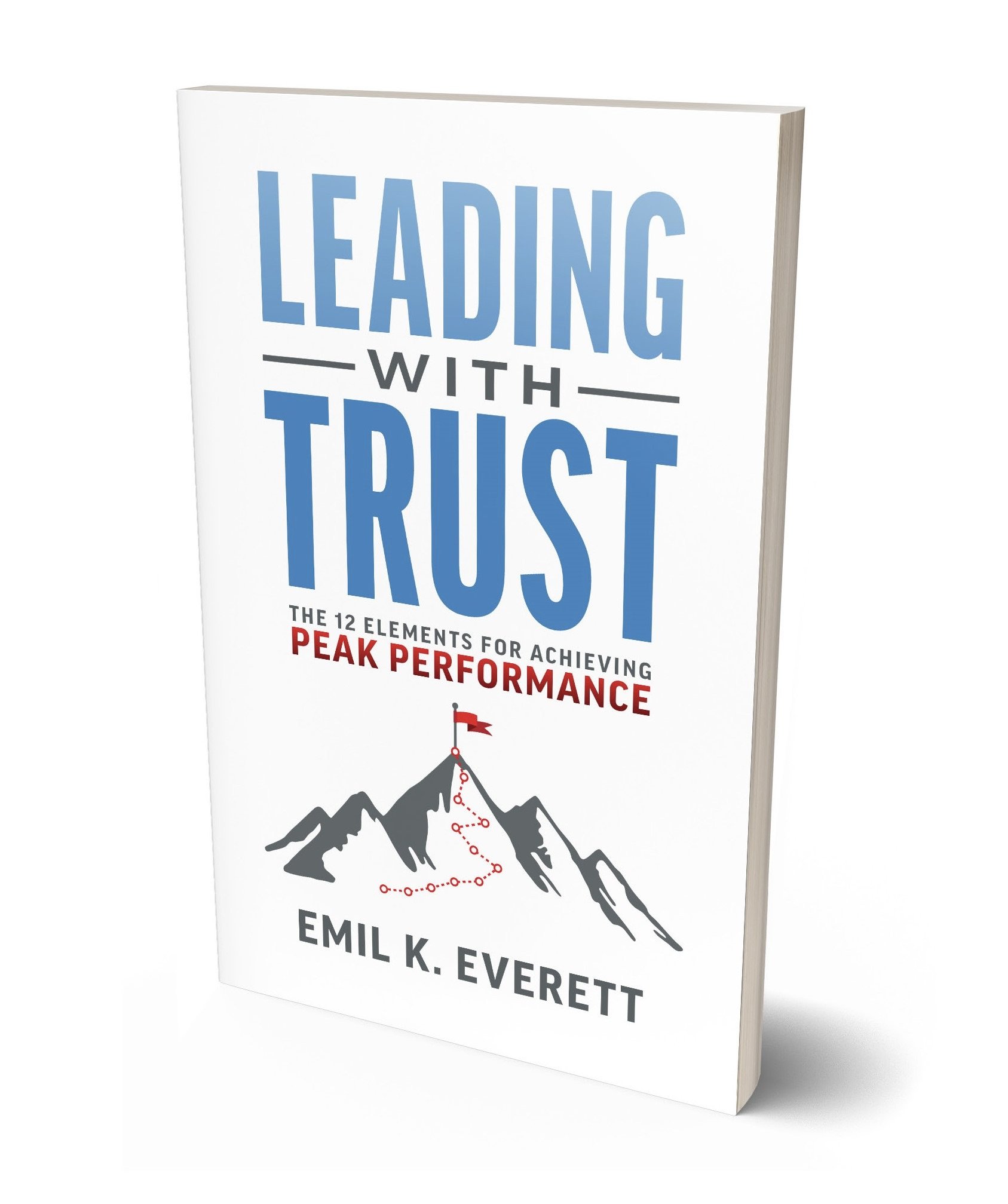Creating and Sustaining a High Performing Team
The concept of high-performing teams has garnered significant attention due to the ability of many successful teams and organizations to drive success and innovation continually. Apple is an example of an organization with teams that repeatedly performed at a high level of performance for decades.
A high-performing team isn't just a group of individuals working together; it's a harmonious blend of skills, attitudes, and behaviors that propel it toward exceptional outcomes. This post will delve into the definition, traits, characteristics, and behaviors of high-performing teams, followed by tips for developing such a team and tips for sustaining their excellence.
Defining High-Performing Teams
A high-performing team is a collective of individuals who work collaboratively, leveraging their unique strengths, skills, and talents to achieve remarkable results. These teams exhibit a noteworthy synergy that amplifies their collective potential, leading to consistently exceptional performance. Unlike ordinary teams, high-performing teams are driven by a shared vision, an unwavering commitment to excellence, and a culture of open communication and mutual respect.
Traits, Characteristics, and Behaviors of High-Performing Teams
Clear Vision and Purpose: High-performing teams understand their mission, goals, and the impact of their work. This clarity aligns their efforts and fosters a sense of shared purpose.
Effective Communication: Open, honest, and transparent communication is a cornerstone of these teams. They actively listen, express ideas constructively, and encourage feedback.
Complementary Skills: Members possess diverse skills that complement each other. This diversity allows for comprehensive problem-solving and innovation.
Trust: Members of these teams trust each other's abilities and intentions. They can express their opinions and take calculated risks without fearing retribution.
Accountability: Each member takes responsibility for their actions and outcomes. Accountability ensures that tasks are completed on time and at a high standard.
Adaptability and Resilience: These teams thrive in changing environments. They embrace challenges, adapt swiftly, and learn from setbacks.
Diversity: High-performing teams embrace diversity in skills, backgrounds, and perspectives. This diversity leads to innovative thinking and well-rounded decision-making.
Innovation and Creativity: A culture of innovation encourages members to think outside the box, propose new ideas, and experiment without fearing failure.
Empowerment: Team members are empowered to make decisions within their domain of expertise. This autonomy fosters a sense of ownership and motivation.
Continuous Learning: High-performing teams prioritize ongoing development. They seek opportunities to learn, grow, and stay updated on industry trends.
Focus on Preparation: Practice is about refining skill and its application in varying situations.
Tips for Developing a High-Performing Team
Careful Team Composition: Form teams based on a mix of skills, experiences, and personalities that complement each other.
Shared Goals and Vision: Ensure that team members clearly understand the collective goals and vision they are working towards.
Effective Leadership: A strong and supportive leader sets the tone for the team's culture and provides guidance when needed.
Open Communication Channels: Create an environment where open communication is encouraged and feedback is valued.
Clearly Defined Roles: Each team member should have a well-defined role and responsibilities to prevent confusion and overlap.
Skill Development: Invest in training and skill development to continuously enhance individual and team capabilities.
Celebration of Successes: Recognize and celebrate big and small achievements to boost morale and foster a positive atmosphere.
Regular Team Building: Engage in team-building activities to strengthen relationships and improve collaboration.
Problem-Solving Frameworks: Equip the team with effective problem-solving techniques and encourage brainstorming for innovative solutions.
Performance Metrics: Establish measurable performance metrics that align with the team's goals and track progress consistently.
Tips for Sustaining a High-Performing Team
Continuous Feedback: Maintain a feedback loop to address concerns, provide guidance, and ensure everyone's voice is heard.
Adapt to Change: Adapt strategies and approaches to stay relevant and practical as circumstances evolve.
Nurture Learning Culture: Encourage ongoing learning by providing resources, workshops, and opportunities for skill enhancement.
Mentorship and Coaching: Pair experienced team members with newcomers to facilitate knowledge sharing and professional growth.
Flexible Roles: Adapt roles and responsibilities as projects evolve and team dynamics change.
Empower Decision-Making: Trust team members to make informed decisions, allowing them to own their work.
Conflict Resolution: Address conflicts promptly and constructively to prevent them from escalating and damaging team dynamics.
Regular Check-Ins: Hold meetings to discuss progress, challenges, and upcoming tasks, promoting alignment and accountability.
Recognition and Rewards: Continue recognizing achievements and provide meaningful rewards to keep motivation high.
Long-Term Vision: Align the team's efforts with the organization's long-term vision to maintain a sense of purpose and direction.
High-performing teams are more than the sum of their parts. A shared vision, open communication, mutual trust, and a dedication to excellence drive them. Developing and sustaining such teams requires careful planning, a nurturing environment, and continuous effort. By fostering these traits, embracing effective behaviors, and implementing the provided tips, organizations can create and maintain teams that consistently achieve remarkable results in the ever-evolving business landscape.

